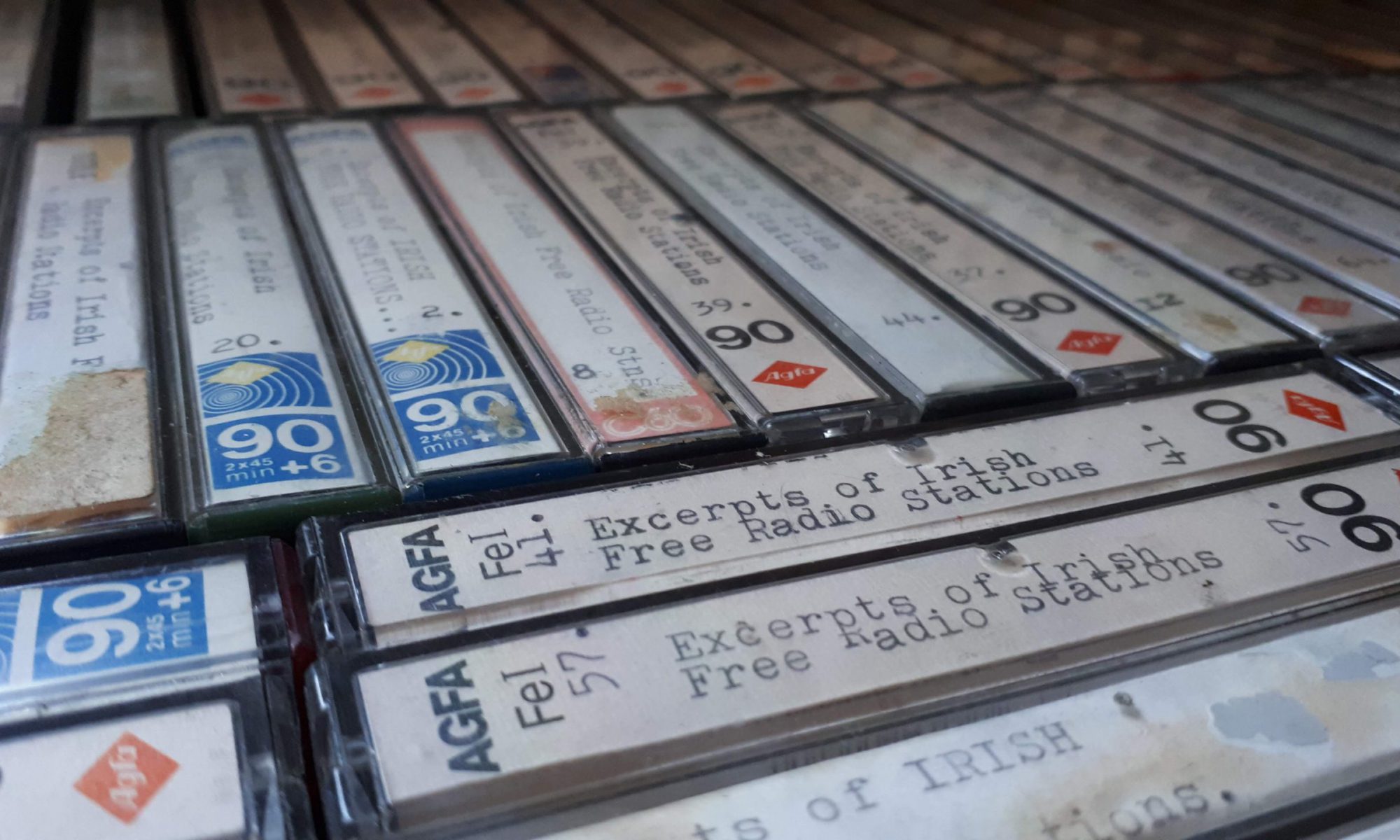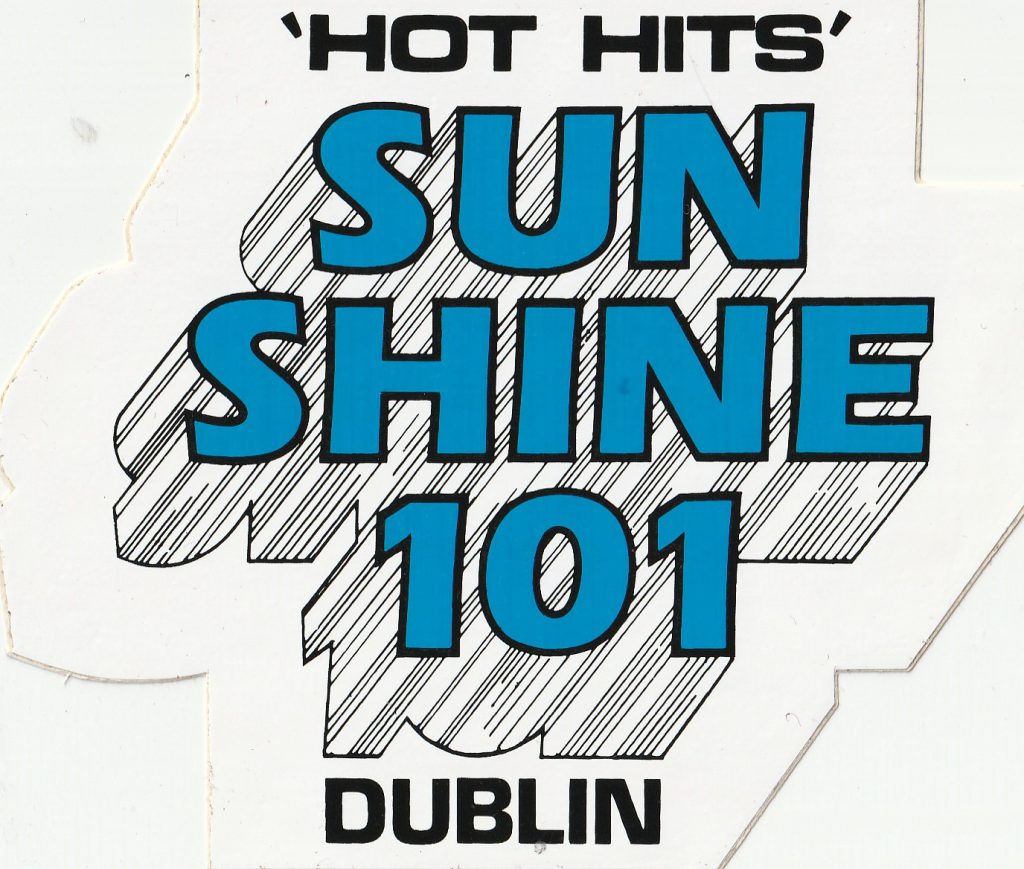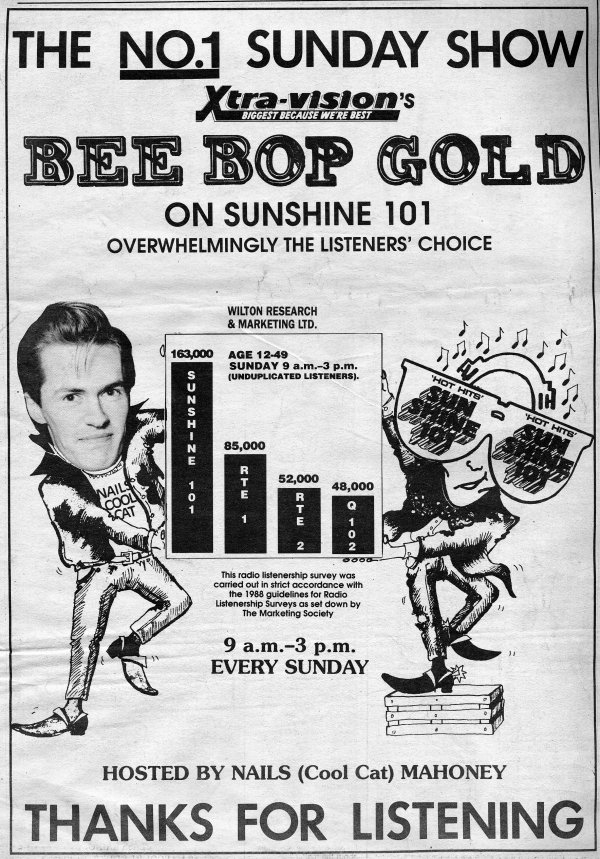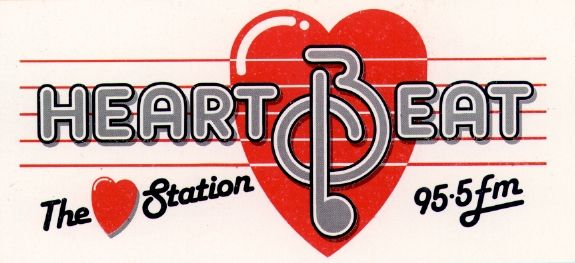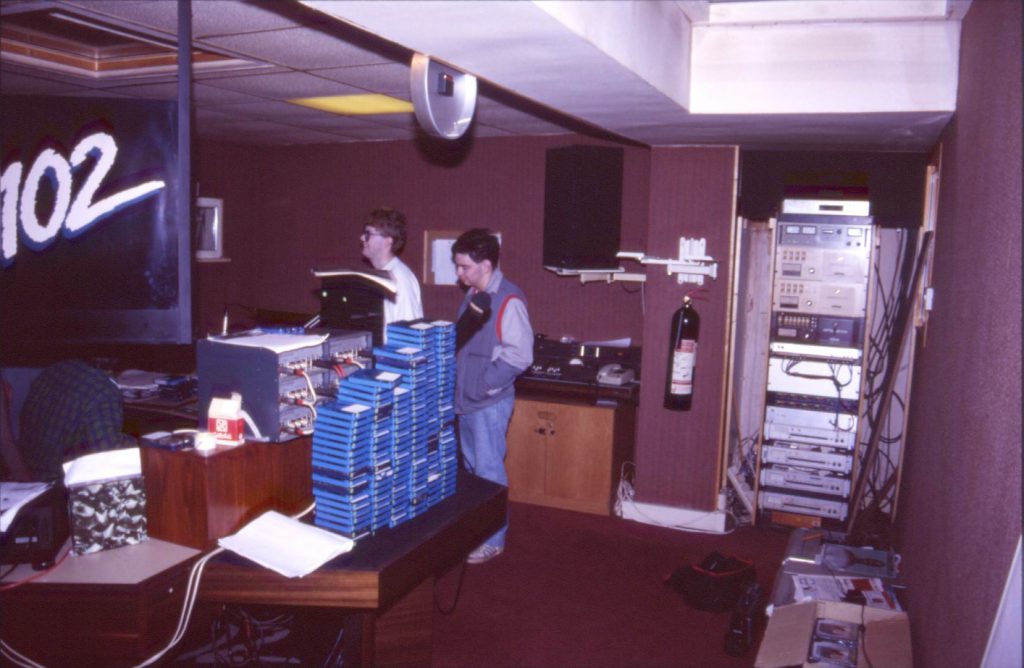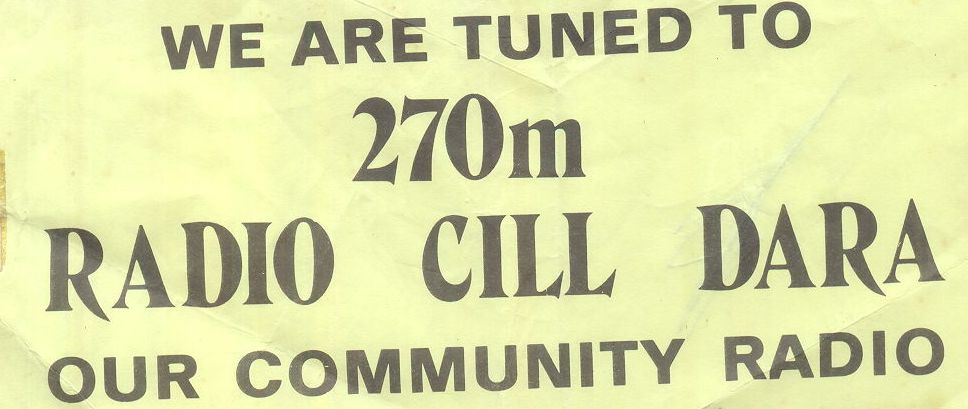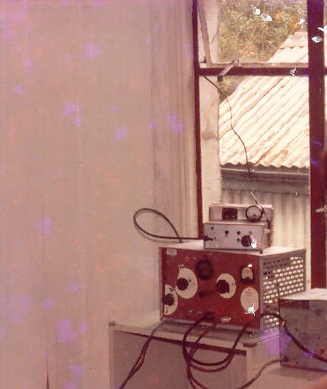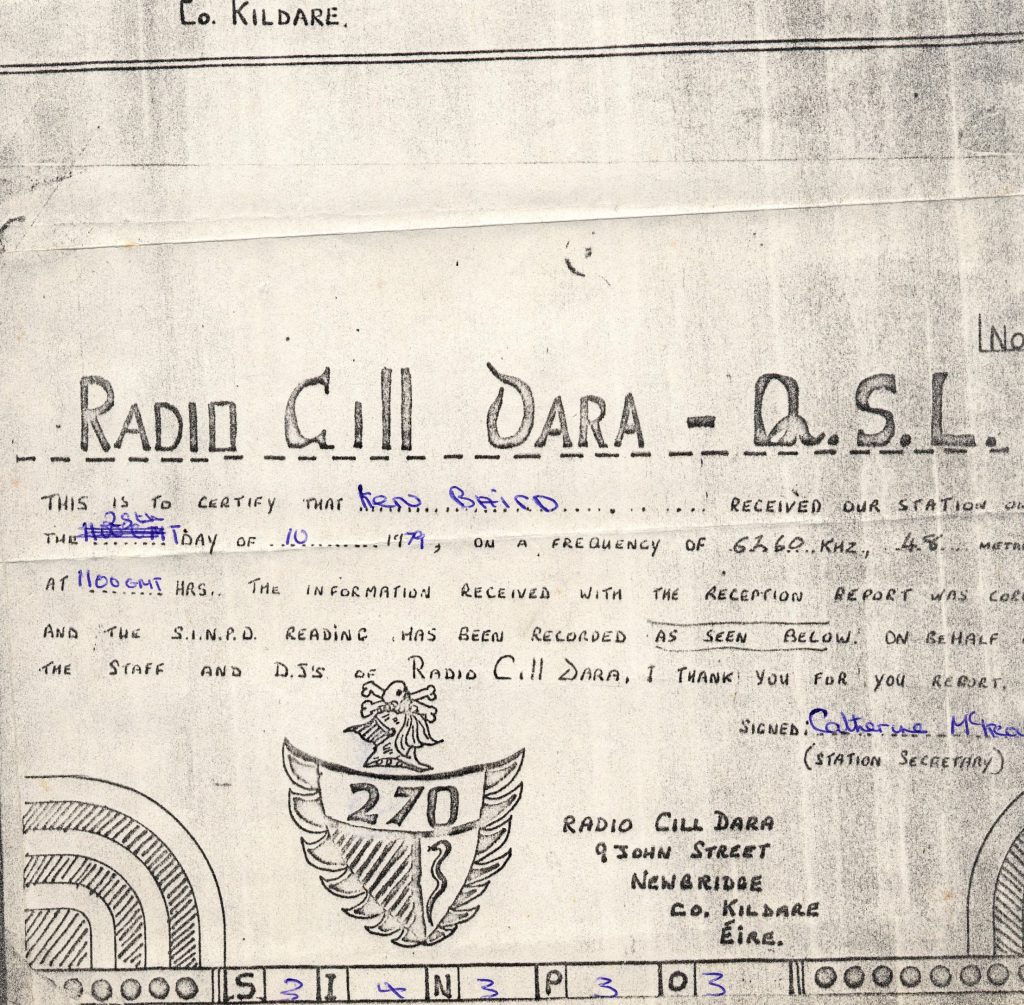Podcast: Play in new window | Download
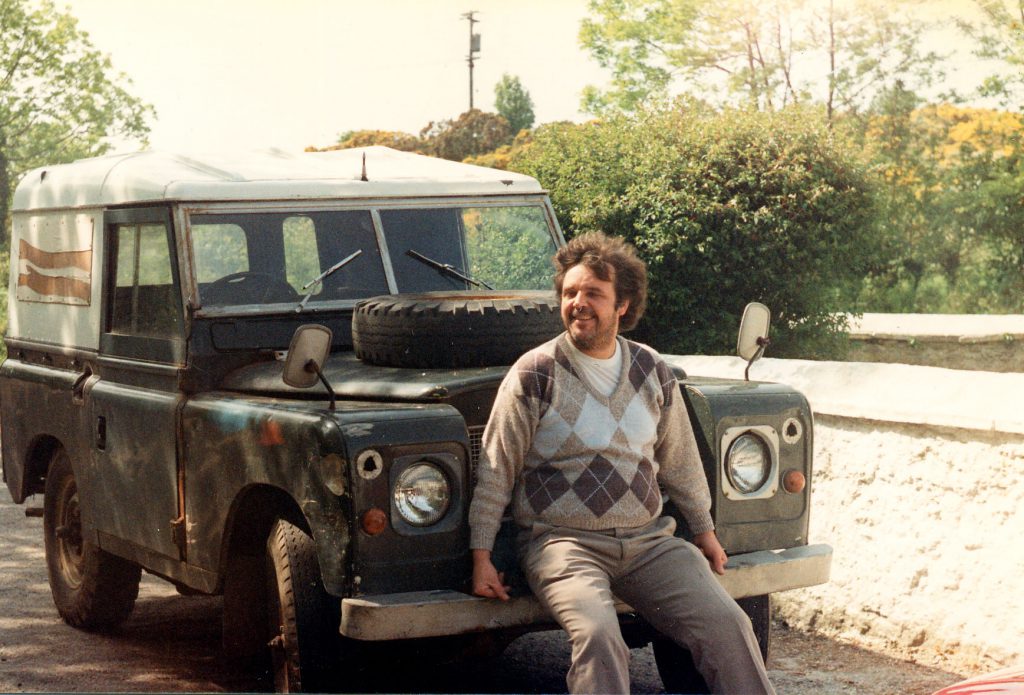
Paul Barnett (RIP) was involved in pirate radio in Donegal and since the late 1990s was the operator of the long-running AM station Radio North until his death in October 2023. Another station associated with Paul was WABC, which he launched on FM in September 1987. WABC left the airwaves along with the other pirates at the end of 1988 but returned in mid-1989 from the village of Greencastle. The signal was beamed across Northern Ireland and could also be heard in parts of Scotland. The station even had two separate channels for a time, WABC Hot Hits and WABC Gold. Paul left Donegal in 1991 to pursue radio interests in the UK but returned to Ireland in the late 1990s when he revived WABC for a time and took over operation of Radio North.
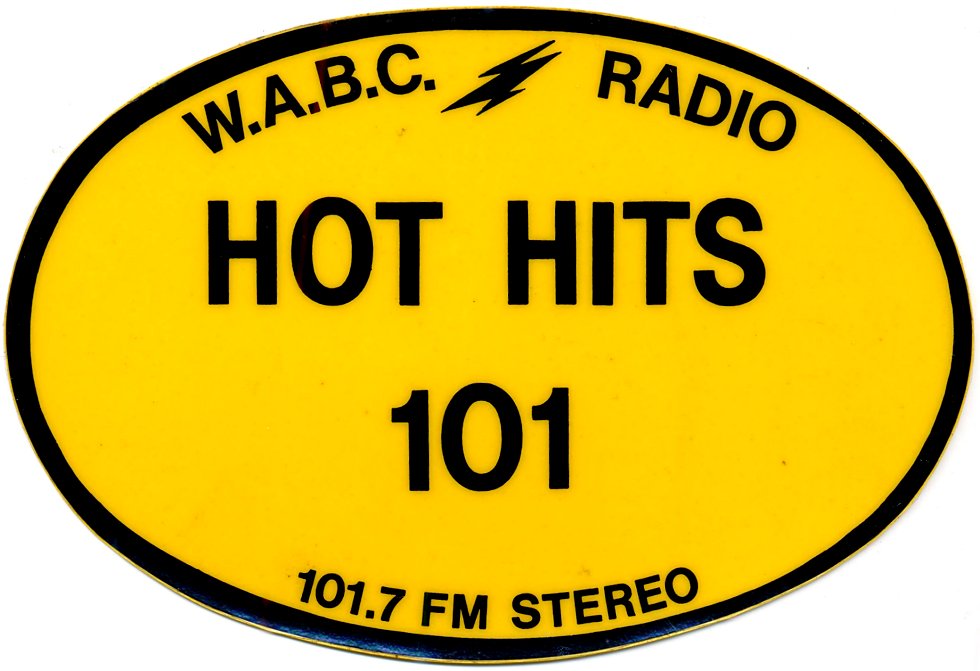
This recording of WABC from 101.7 FM was made between 1019 and 1105 on 7th July 1988 and features Paul on air, using the name Paul Bentley. It is courtesy of Ian Biggar.
